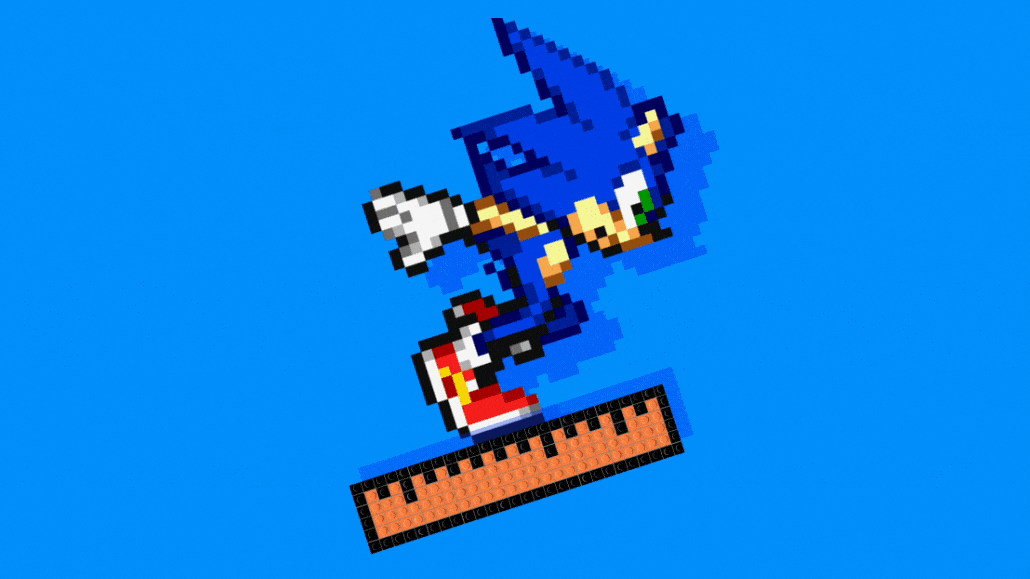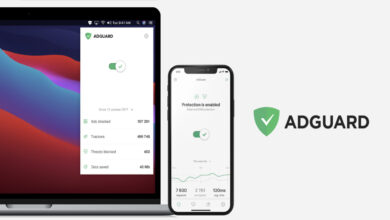In the gaming industry, immersive integrations are winning the battle for marketing dollars — for now
By Alexander Lee • May 28, 2024 •

Ivy Liu
Gaming is well on its way to becoming a part of brands’ marketing budgets in 2024 — but via customized brand integrations, rather than traditional programmatic formats. As the space matures, both publishers and marketers are looking to develop more seamless ways for brands to plug themselves into these in-game experiences.
Promising signs
Marketers were quick to jump on the opportunity as gaming exploded in popularity during COVID-19 lockdown. Between 2020 and 2022, a wave of intrinsic in-game advertising companies formed with the goal of serving traditional programmatic ad formats, such as banners, within natural in-game locations such as virtual billboards and signs.
“I don’t know that I’m bold enough to say that we have reached an inflection point, but my observation of the broader industry is that we’re getting close,” said Activision Blizzard Media vp of global business research and marketing Jonathan Stringfield. “We are seeing more brands investing in gaming; we are having less of a dialogue around ‘why games.’ We are at a point where, for a large part of the industry, we’re getting over that hill, and we are seeing agencies that have dedicated gaming specialists, or entire teams, or entire organizations.”
But intrinsic in-game advertising, though still a growing market, has not yet become a default inclusion in many brands’ marketing budgets, in part due to intrinsic in-game ad companies’ general lack of inventory inside premium, high-production-value games, which command more attention and engagement than hypercasual or casual mobile games. To get inside these premium titles, marketers have instead invested in bespoke immersive brand experiences, which can range from brand logos replacing sweets inside “Candy Crush” to Pepsi-branded in-game events in “EA FC.”
“We want to make sure we are bringing value to consumers in a way that is authentic to both our brands and ‘EA FC,’ so gamers have an interactive experience with the brands they’ve always known and loved,” said PepsiCo head of global sports and partnerships Adam Warner. “
“Our in-game rewards and content are an important first step for PepsiCo and our journey in gaming, and we are constantly looking for new ways to engage with and give back to our fans.”
Providing value
Advertising in a way that feels valuable to the consumer is crucial for brands that want to reach hardcore gamers without turning them off. As free-to-play and live service games grow in popularity, gamers are rapidly warming up to brands and ads inside them due to a natural understanding of the value exchange: free content in exchange for advertising eyeballs.
When it comes to premium games, however, gamers are much less willing to accept ads inside content that already cost them $70 or more. For this reason, marketers want their in-game ads in premium games to feel additive to the experience.
“A couple years ago in ‘Mario Kart 8,’ they added a Mercedes Benz skin — for completely free, you could just unlock a Mercedes Benz car and drive, and I don’t think I’ve seen anybody complain about that at all,” said Gappy, a Twitch streamer who requested anonymity to avoid jeopardizing potential brand deals. “So, on one hand, I do just naturally feel very much against [in-game advertising]. But on the other hand, we’ve seen examples where it works. Fortnite is another great example, right?”
UGC opportunities
Indeed, for brands looking to more easily plug and play inside bespoke in-game environments, user-generated content gaming platforms such as Fortnite and Roblox represent one potentially promising way to accomplish the task. In spite of Epic Games CEO Tim Sweeney’s professed distaste for advertising, Fortnite has become a major playground for brands to reach gamers inside a premium environment by teaming up with independent creators or studios to build branded experiences inside Fortnite Creative.
By integrating themselves into pre-existing experiences in Fortnite or Roblox, brands are able to show up in relatively bespoke ways without the heavier lift that comes with building a customized brand world from the ground up. Last year, for example, marketers promoted the horror film “Talk to Me” by placing objects from the movie into the popular Fortnite Creative horror experience “Deadpines,” creating an advertising template that could be used to promote other horror films inside the same experience.
“They came to us with ‘we think gaming is the answer,’ and we came to them with this idea that integration into an existing horror map made the most amount of sense,” said Gareth Leeding, global chief strategy officer at the agency Livewire, which facilitated the “Talk to Me” deal. “You’ve got a pre-existing audience that’s highly engaged, and the bigger, broader opportunity is there.”
In spite of the current predominance of bespoke brand integrations, some marketers remain confident that this form of advertising is a stepping stone on the way to some form of programmatic advertising, perhaps via yet-to-be-invented formats such as programmatically placed three-dimensional objects or avatars, rather than banner ads cribbed from traditional digital advertising.
“The biggest example that I’ve been shopping around internally to all of our clients is the shift in ‘EA FC,’ with hard-coded brand partnerships moving to a programmatically inserted presence that allows you to change creative or target a market or targeted demo,” said Pete Basgen, director of gaming and esports at the agency Wavemaker U.S. “I wouldn’t even say we’re going from zero to one here. It’s not totally emerging from nowhere — I think these placements are just getting way more sophisticated.”
https://digiday.com/?p=546013



